As a young student, the atheist Alan Turing — disorientated with grief over the death of his first love Christopher Morcom — wrote to Morcom’s mother with an atomic theory of how one’s spirit might transmigrate. Years later, he brought the modern computer age into being by positing machines imbued with consciousness. You can’t help wondering what Turing’s shade — whether ethereal or perhaps digital — makes of his posthumous fame. Plays; books; postage stamps. Now, following Benedict Cumberbatch’s doomy big-screen portrayal of the Bletchley Park codebreaking genius in The Imitation Game, David Lagercrantz fictionalises the murky aftermath of Turing’s death. In doing so, he explores questions not only of identity and maths and philosophy, but also of good taste. Turing took his own life, after all: is it quite seemly to turn this into noirish entertainment?
Yet Lagercrantz’s careful refusal to let this defiantly odd work fit into any concrete genre somehow smothers qualms. In 1954, in the quiet (and suffocating) Cheshire town of Wilmslow, young detective constable Leonard Corell — intelligent, unusual sensibilities — is on the scene at Turing’s house, deeply affected by the sight of his corpse. A bite of an apple dipped in home-brewed cyanide was his baroque method of self-dispatch (all true). A year previously, he had undergone nightmarish ‘organotherapy’ (chemical castration) as his sentence for ‘indecent behaviour’. Young Corell, despite his distaste for Turing’s homosexuality, feels the need to investigate his death further. In doing so, he crashes up against the snarling, nervy paranoia of the early Cold War years, and also unearths family secrets of his own.
So there is brute homophobia (senior police relishing the chance to entrap and arrest gay men) and cynically blithe intelligence folk (the velvet glove/iron fist theatricality of GCHQ operatives). But the cleverness of Corell’s clogs also leads him to top-secret former Bletchley colleagues (the work of the Park was very strictly classified until the 1980s) and academic contemporaries — disconcertingly not fictional but real people, such as the mathematician Robin Gandy — who are thrilled to discuss with Corell the ideas of Kurt Gödel, the mathematical twists of the Liar’s Paradox, and Turing’s intellectual encounters with Wittgenstein. Incidentally, even those completely familiar with the Turing story will find the Snow White and the Seven Dwarfs mentions rather moving.
There are also occasional swirling passages of Le Carré-esque suspense: could it possibly be that Turing was in fact murdered by maverick security service personnel, convinced that his gay contacts on foreign holidays were really Soviet agents? But essentially, what makes the novel so curious is its dogged faithfulness to the biographical facts, even down to the fixtures of Bletchley’s Hut 8.
George Gould’s translation of Lagercrantz’s Swedish original has the faintest sniff of W.G. Sebald; haunted characters determined to pull others down into turbid, oppressive currents of memory and ideas. You are willingly drawn down with them. But Turing’s shade might not care for his life being remembered with such gloom.
Got something to add? Join the discussion and comment below.
Get 10 issues for just $10
Subscribe to The Spectator Australia today for the next 10 magazine issues, plus full online access, for just $10.
Available from the Spectator Bookshop, £16.99 Tel: 08430 600033
You might disagree with half of it, but you’ll enjoy reading all of it. Try your first month for free, then just $2 a week for the remainder of your first year.

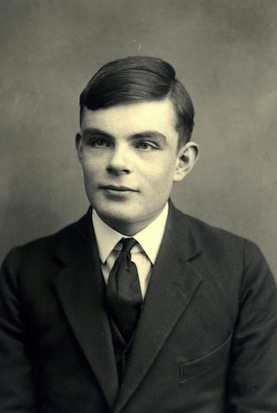

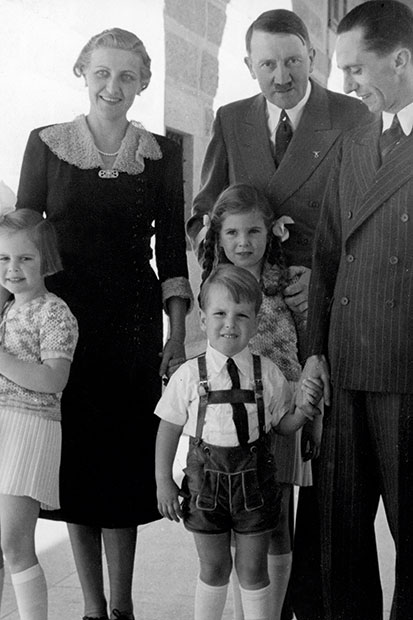
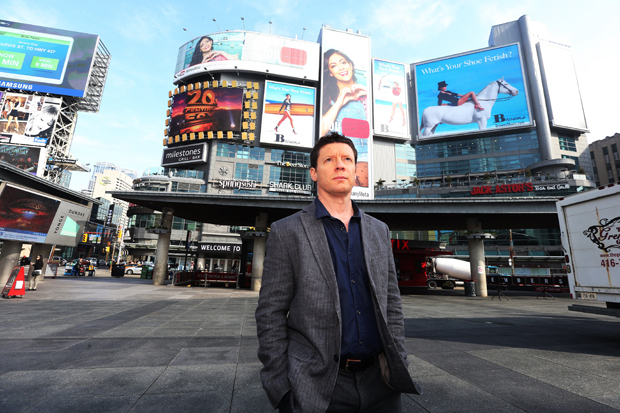
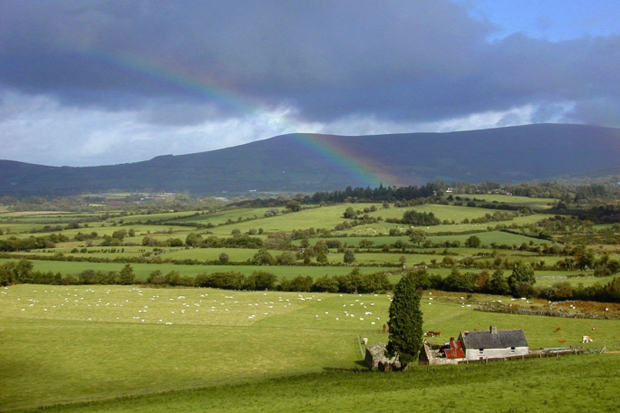
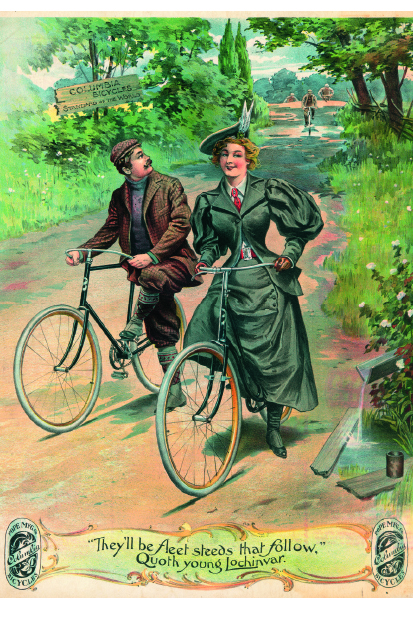
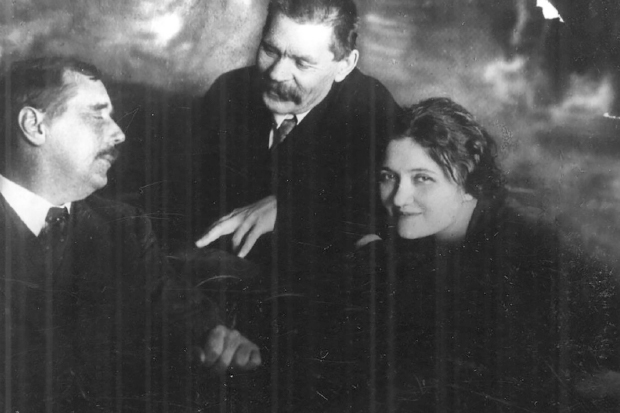






Comments
Don't miss out
Join the conversation with other Spectator Australia readers. Subscribe to leave a comment.
SUBSCRIBEAlready a subscriber? Log in